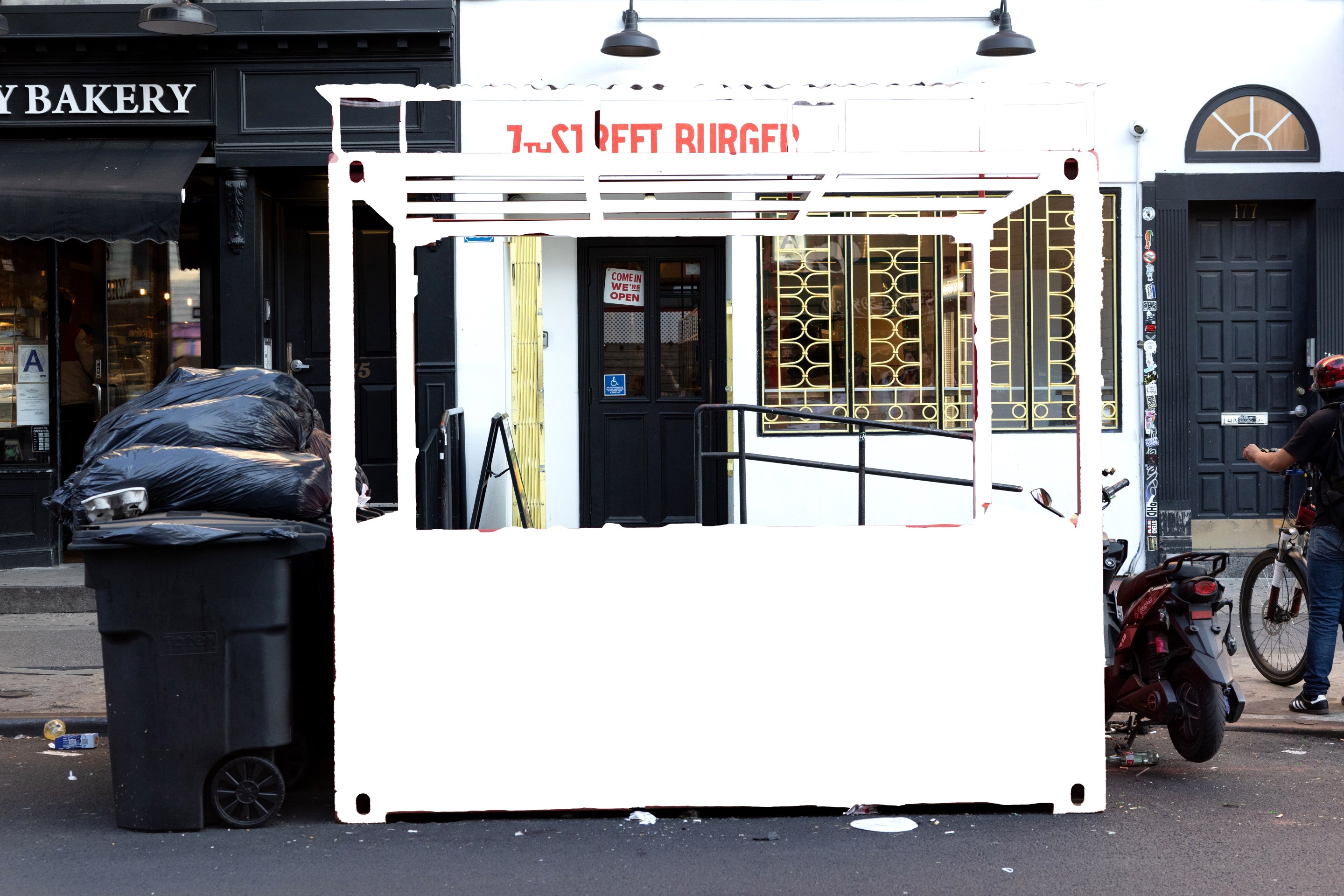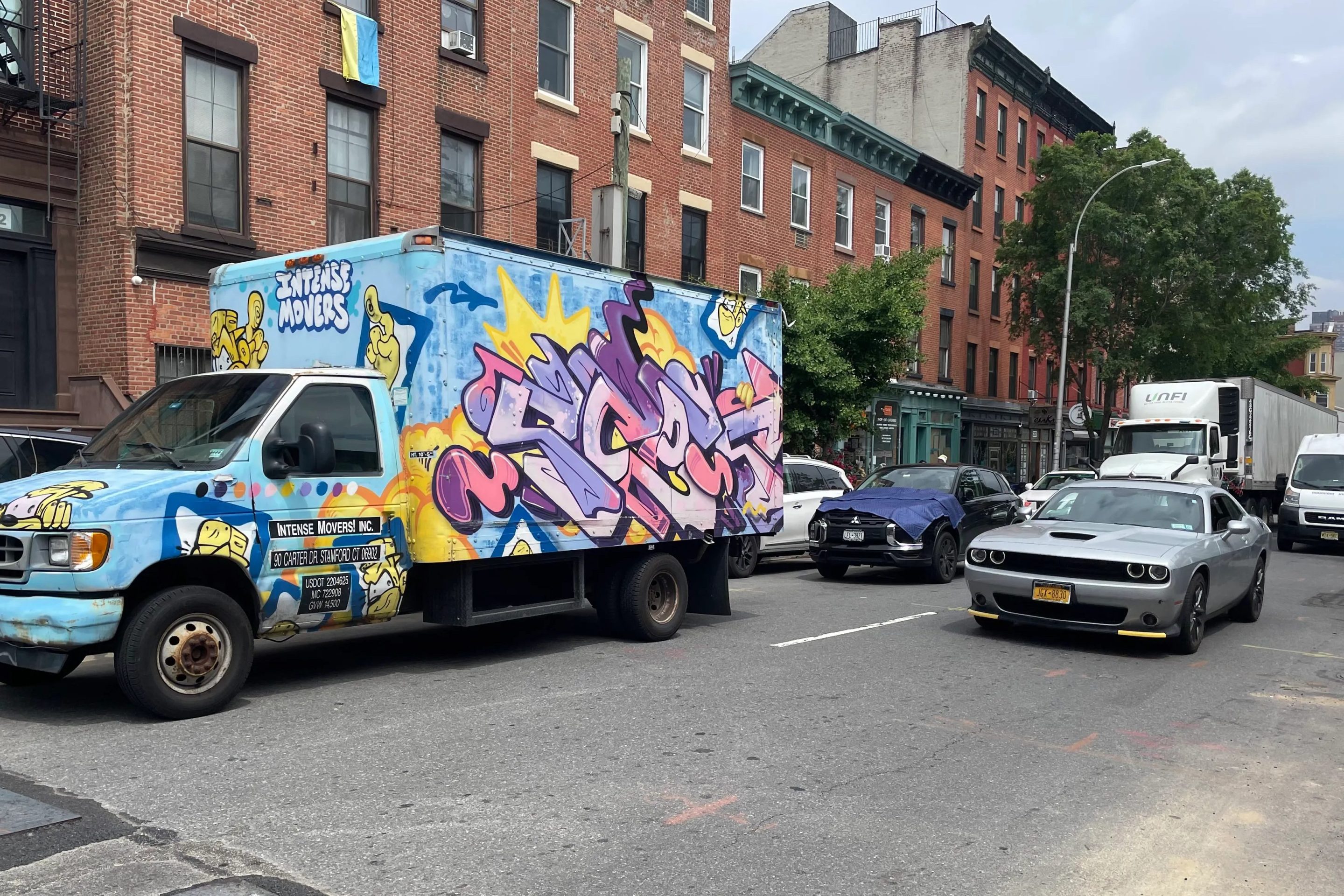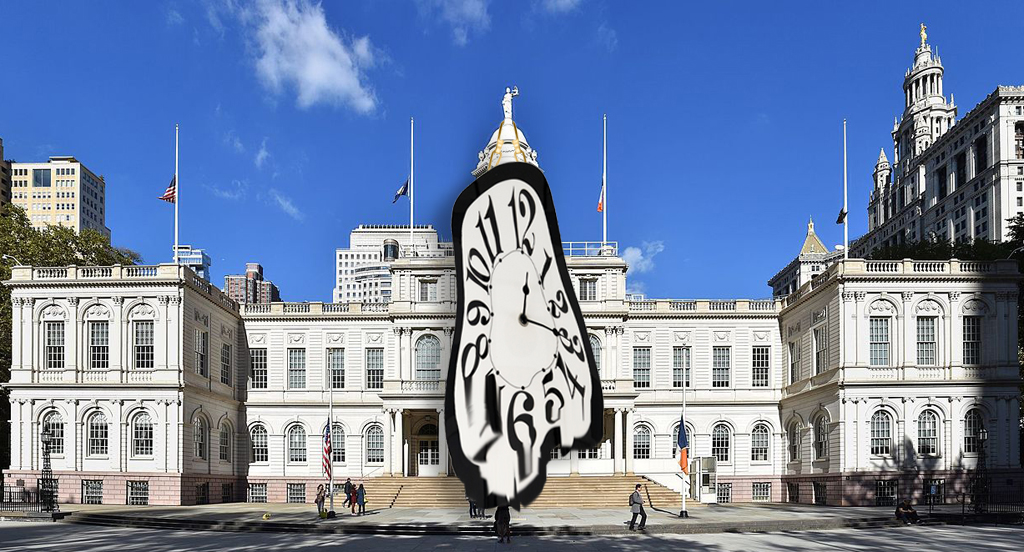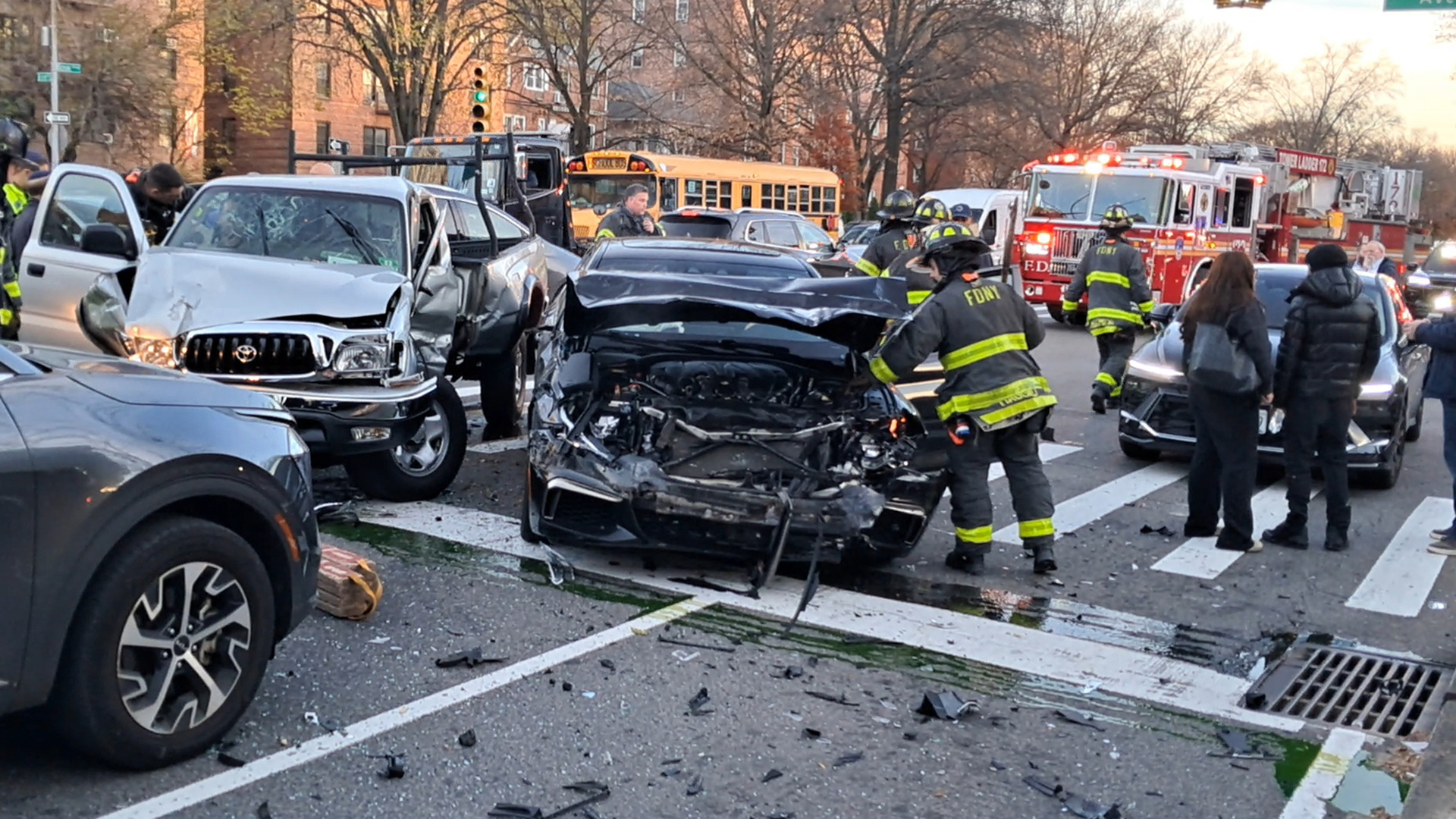Subway ridership hit a 65-year high in 2014, serving 1.75 billion trips last year, the most since the New York City Transit Authority was formed in 1953. That's an increase of 2.6 percent over 2013 and 12 percent since 2007, according to the MTA. The subway now serves 5.6 million passenger trips on an average weekday, and 6 million on an average two-day weekend.
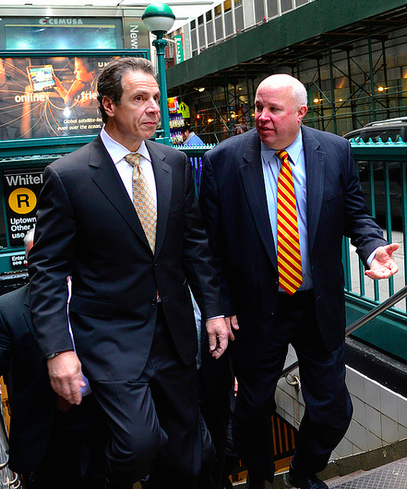
The new figures don't include bus ridership, which has stagnated since a round of service cuts in 2010. However, the growth in subway ridership is a good indication that the transit system continues to absorb the vast majority of additional travel in the city, a trend that goes back to the 1990s. Meanwhile, Governor Andrew Cuomo still hasn't put forward any ideas to close the $15 billion gap in the MTA's five-year capital program, which keeps the system from falling apart, adds capacity, and modernizes signals and stations.
Weekday subway ridership grew 2.7 percent in Brooklyn, 2.5 percent in Manhattan, 2.1 percent in the Bronx, and 1.9 percent in Queens. Here are some more highlights from the numbers:
- Weekday ridership on the L train increased 4.7 percent, with every station on the line seeing an increase in passengers. Stations in Bushwick saw the largest increases, with weekday ridership at Bushwick Avenue-Aberdeen Street jumping 11.5 percent over the year before.
- M train stations in Williamsburg, Bushwick, Ridgewood, and Middle Village saw ridership grow 6.2 percent last year, and are up 23.6 percent since the M was rerouted to serve Midtown in 2009.
- Long Island City also saw big gains, with weekday ridership up 9.7 percent at Court Square and 12 percent the Vernon Boulevard-Jackson Avenue 7 station, where ridership has more than doubled since 2000.
- The fastest growth in the Bronx was along the 2 and 5 trains, up 3.7 percent. In Manhattan, ridership grew fastest for the 2 and 3 trains on Lenox Avenue, up 3.7 percent over last year.
- Stations in the Rockaways, which rank among the system's quietest, saw the highest percentage increase in subway ridership, with many nearly doubling the number of passengers served, as the area continues to recover from Hurricane Sandy.
The subway is hitting record ridership during off-peak hours, which is when most maintenance work is performed. That maintenance is more necessary than ever: The subway also had a dramatic increase in delays last year.
Advocates pressed Governor Cuomo and the state legislature to take action before it's too late.
"As legislators return to session in Albany this week, addressing [the MTA capital plan's] gap must be one of their top priorities. This plan outlines the train, track, signal, technology, bus, and station projects that will mitigate delays, crowds and deteriorating service across the entire MTA system," Tri-State Transportation Campaign Executive Director Veronica Vanterpool said in a statement. "If these additional investments are not made, instead of celebrating how far our transit system has evolved over the past 30 years, we will be lamenting the demise of a city whose most valuable asset was neglected."
"Our elected officials should be falling over each other to invest in better subway and bus service, to serve the eight million people who take the subway and bus every day. Instead, there's a debate about whether to invest even the basic funds required to prevent the subways from deteriorating further,” said John Raskin, executive director of the Riders Alliance. "New Yorkers are voting with their Metrocards and relying on public transit more each year. It's time for Governor Cuomo and state lawmakers to listen to the crowd and increase transit funding to match riders' needs. If they don't, riders are in for a future of more delays, dangerous crowding and higher fares. With more people than ever relying on public transit, that shouldn't be Governor Cuomo's vision for public transit in New York."

